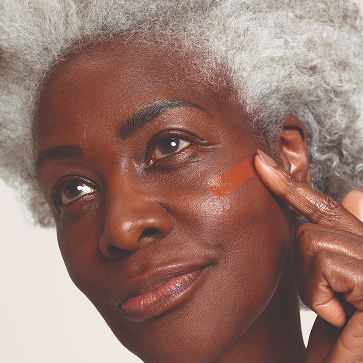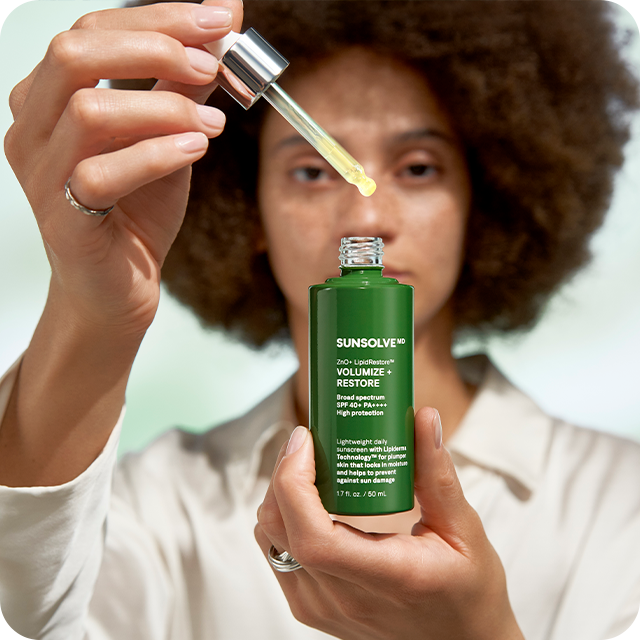
Daily sunscreen is non-negotiable. That much we know. And zinc oxide, a mineral filter that offers sun protection, is one of the safest and most effective ways to shield the skin from UVA and UVB radiation. But even the most advanced mineral sunscreen can only do so much: it prevents, it protects and it deflects. What it doesn’t do? Undo.
That’s where the next generation of suncare begins. Powered by micronized zinc oxide and a breakthrough marine phytoplankton extract, our ZnO+ Mineral Care Complex™ redefines sunscreen, offering photoprotection and photorepair. A clinically-validated approach that not only protects against damage but reverses it at the cellular level.

Why photorepair is the missing link in modern suncare
UV radiation doesn’t just cause temporary redness or hyperpigmentation. It also causes skin cell mutations that can alter DNA, impair cell function and lead to skin cancer. Until recently, sun protection could only guard against these effects, not address damage that had already been done.
This all changed when researchers discovered a class of enzymes in marine phytoplankton, also known as micro-algae, that can reverse UV-induced DNA damage.
A discovery that earned Aziz Sancar, a Turkish molecular biologist, the Nobel Prize in Chemistry in the mid 2010s.

What is marine phytoplankton?
Dwelling near the oceans surface, where sunlight and UV radiation is most intense, phytoplankton are single-celled organisms neither plants nor animals, too small to be seen with the naked eye. To survive, they’ve developed a sophisticated set of defenses producing vitamins, fatty acids, proteins and enzymes, such as photolyases.
These enzymes bind to DNA mutations and repair them through oxidation. While photolyases are not naturally found in humans, the same biological toolkit that protects plankton from UV damage can now be harnessed to protect and repair your skin. And unlike many actives that degrade in sunlight, this extract requires light to perform. That’s right: the very sunlight that damages skin also activates its repair.

A New Standard
360° sun protection
Grown in a controlled and purified bioreactor system in Germany, our phytoplankton extract remains stable and active without compromising the texture or performance of our sunscreens. Better yet, the extract is chemically compatible with zinc oxide, the sunscreen filter at the core of our ZnO+ Mineral Care Complex.

In fact, studies show that when zinc oxide is combined with phytoplankton extract, the protective powers of sunscreen are optimized and photodamage is reduced. Resulting in improved tone, texture and elasticity, and fewer signs of sun-induced aging. While, most importantly, helping to defend against and correct the kind of lasting skin damage that can lead to more serious consequences like skin cancer.
Backed by science, we’re delivering sunscreen that goes beyond prevention. Our formulas aren’t just protective, they’re restorative: helping to reverse the daily damage caused by the sun.
Explore the collection and discover smarter suncare.
References
Leccia, M. T., Lebbé, C., Claudel, J. P., et al. (2019). New Vision in Photoprotection and Photorepair. Dermatology and Therapy, 9(1), 103–115. https://doi.org/10.1007/s13555-019-0282-5
Batschauer, A. (1993). A plant gene for photolyase: an enzyme catalyzing the repair of UV‐light‐induced DNA damage. The Plant Journal, 4(4), 705–709.
Sancar, A. (2015). Mechanisms of DNA Repair by Photolyase and Excision Nuclease. Nobel Lecture, University of North Carolina.




